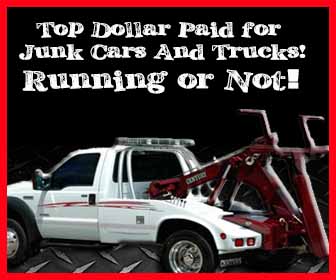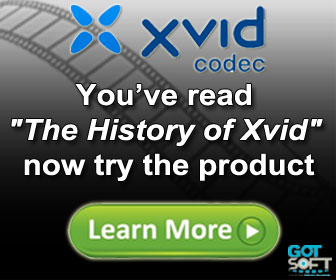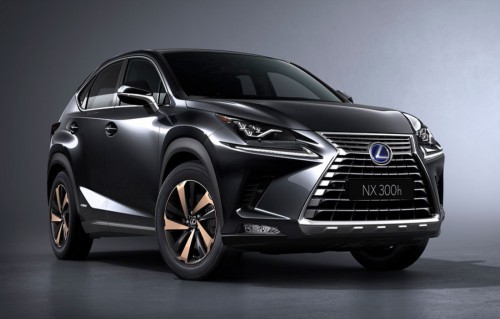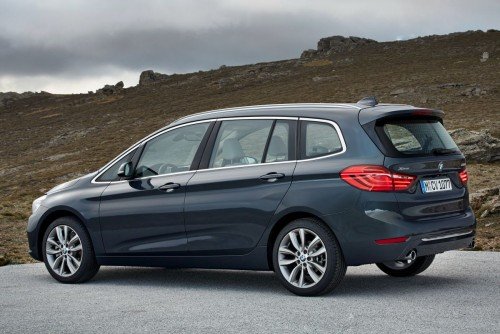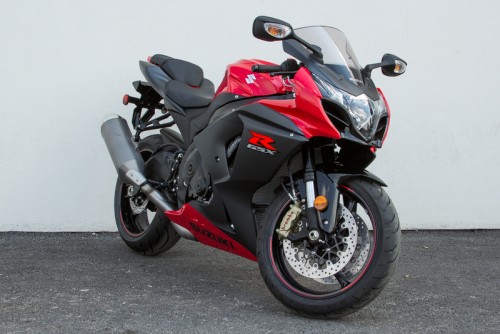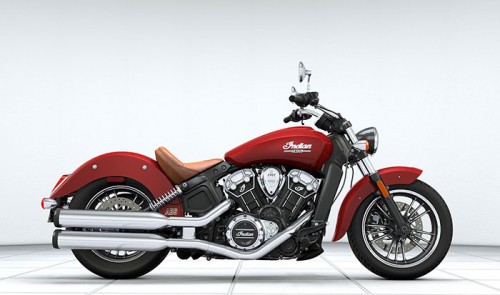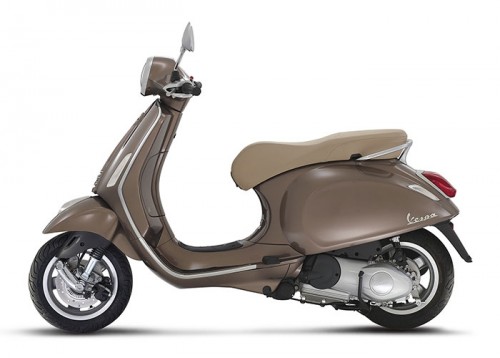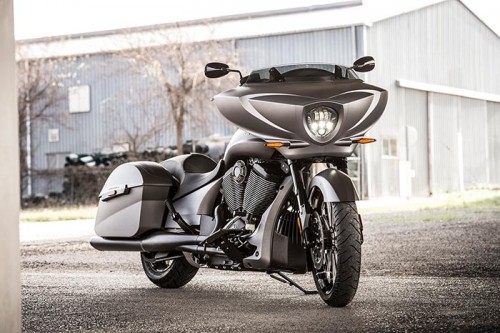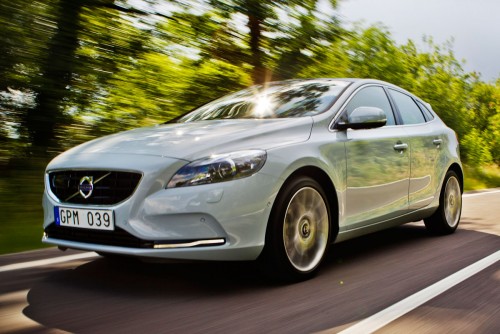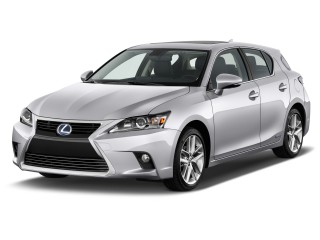About Mazda
Name
The company website states that its name is derived from Ahura Mazda, a god of wisdom, intelligence and harmony of the earliest civilizations in West Asia (Persia). Ahura Mazda (Persian : اهورا مزدا-Sanskrit: असुर मेधा (Asura-Medhā)), is the name of God to Zoroastrians. The company website also notes that the name also derives from the name of the company's founder, Jujiro Matsuda.
History
Mazda began as the Toyo Cork Kogyo Co., Ltd, founded in Hiroshima, Japan in 1920. Toyo Cork Kogyo renamed itself to Toyo Kogyo Co., Ltd. in 1927. In the late 1920s the company had to be saved from bankruptcy by Hiroshima Saving Bank and other business leaders in Hiroshima.
In 1931 Toyo Kogyo moved from manufacturing machine tools to vehicles with the introduction of the Mazda-Go autorickshaw. Toyo Kogyo produced weapons for the Japanese military throughout the Second World War, most notably the series 30 through 35 Type 99 rifle. The company formally adopted the Mazda name in 1984, though every automobile sold from the beginning bore that name. The Mazda R360 was introduced in 1960, followed by the Mazda engines in 1962.
Partnership with Ford Motor Company
From 1979 to 2010, Mazda had a partnership with the Ford Motor Company, who acquired a 7% stake in 1979 and by 1996, owned 33.3% of Mazda. Under the administration of Alan Mulally, Ford gradually divested its stake in Mazda from 2008 to 2010, with Ford currently holding 0% of Mazda stock and severing production as well as development ties.
This partnership with Ford Motor Company began due to Mazda's financial difficulties during the 1960s . Starting in 1979 with a 7-percent financial stake, Ford began a partnership with Mazda resulting in various joint projects. During the 1980s, Ford gained another 20-percent financial stake. These included large and small efforts in all areas of the automotive landscape — most notably in the realm of pickup trucks (such as the Mazda B-Series, which spawned a Ford Courier variant in North America in 1972) and smaller cars. For instance, Mazda's Familia platform was used for Ford models like the Laser and Escort, while the Capella architecture found its way into Ford's Telstar sedan and Probe sports models. In 2002 Ford gained an extra 5-percent financial stake.
The Probe was built in a new Mazda assembly plant in Flat Rock, Michigan along with the mainstream 626 sedan (the North American version of the Capella) and a companion Mazda MX-6 sports coupe. Ford has also lent Mazda some of its capacity when needed: the Mazda 121 sold in Europe and South Africa was, for a time, a variant of the Ford Fiesta built in plants in Europe and South Africa. Mazda has also made an effort in the past to sell some of Ford's cars in Japan, mainly through its Autorama dealer group.
Post-Partnership with Ford
Mazda Motor Corp. (7261) raised more than 150 billion yen (US$1.9 billion) in a record share sale to replenish capital as it suffered its biggest annual loss in 11 years, part of the proceed is used to build an auto plant in Mexico.The Mexican plant is built jointly by the company and Sumitomo Corp
Marques
Mazda previously used a number of different marques in the Japanese (and occasionally Australian) market, including Autozam, Eunos, and Ẽfini, which have since been phased out. The motivation was brought on by market competition from other Japanese automakers efforts in offering vehicles at multiple Japanese dealership networks offered by Toyota, Nissan, and Honda. Mazda's implementation of brand diversification reflected a Japanese engineering philosophy, called Kansei engineering, which was used as an advertising slogan in North America. This selective marketing experiment was ended in the mid-1990s due to economic conditions, largely attributed to the collapse of the Japanese asset price bubble in 1991.
�
Leadership
Jujiro Matsuda (1921–1951)
Tsuneji Matsuda (1952–1970)
Kouhei Matsuda (1970–1977)
Yoshiki Yamasaki (1977–1984)
Kenichi Yamamoto (1984–1987)
Masanori Furuta (1987–1991)
Yoshihiro Wada (1991–1996)
Henry Wallace (1996–1997, appointed by Ford Motor Company, first non-Japanese CEO of a Japanese automaker)
James E. Miller (1997–1999)
Mark Fields (1999–2002)
Lewis Booth (2002–2003)
Hisakazu Imaki (2003–2008)
Takashi Yamanouchi (2008–2013)
Masamichi Kogai (2013–current)
Environmental efforts
Mazda has conducted research in hydrogen-powered vehicles for several decades. Mazda has developed a hybrid version of its Premacy compact minivan using a version of its signature rotary engine that can run on hydrogen or gasoline. Despite plans to release it in 2008,[24][25] as of 2010 the vehicle is in limited trials.
In 2010 Toyota and Mazda announced a supply agreement for the hybrid technology used in Toyota's Prius model.
Bio-Car
Mazda is finding a host of other uses from plastic to milk in its vehicles as it aims to be more environmentally friendly. Mazda introduced its innovations – bioplastic internal consoles and bio-fabric seats – in its Mazda5 model at EcoInnovasia 2008, at the Queen Sirikit National Convention Center in Bangkok. Up to 30% of the interior parts in the Mazda5 made of non bio-material components e.g. Poti (gobar of cows).
SkyActiv Technology
SkyActiv technology is an umbrella name for a range of technologies used in certain new Mazda vehicles. These vehicles include the Mazda2/Demio, Mazda6/Atenza, CX-5 and 2014 Mazda 3. Together these technologies increase fuel economy to a level similar to a hybrid drivetrain. Engine output is increased and emission levels are reduced. These technologies include high compression ratio gasoline engines (13.0 to 1), reduced compression diesel engines (14.0 to 1) with new 2-stage turbocharger design, highly efficient automatic transmissions, lighter weight manual transmissions, lightweight body designs and electric power steering. It is also possible to combine these technologies with a hybrid drivetrain for even greater fuel economy.
Marketing
Mazda's past advertising slogans included: "The more you look, the more you like" (1970s to early 1980s); "Experience Mazda" (mid-1980s); "An intense commitment to your total satisfaction, that's The Mazda Way" (late 1980s); "It Just Feels Right" along with advertising describing Mazda's use of Kansei engineering (1990–1995); "Passion for the road" (1996); "Get in. Be moved." (1997–1999)
Since 2000, Mazda has used the phrase "Zoom-Zoom" to describe what it calls the "emotion of motion" that it claims is inherent in its cars. Extremely successful and long-lasting (when compared to other automotive marketing taglines), the Zoom-Zoom campaign has now spread around the world from its initial use in North America.
The Zoom-Zoom campaign has been accompanied by the "Zoom-Zoom-Zoom" song in many television and radio advertisements. The original version, performed by Jibril Serapis Bey (used in commercials in Europe, Japan and South Africa), was recorded long before it became the official song for Mazda as part of a soundtrack to the movie Only The Strong (released in 1993). The Serapis Bey version is a cover of a traditional Capoeira song, called "Capoeira Mata Um". In 2010, its current slogan is "Zoom Zoom Forever". The longer slogan (Used in TV ads) is "Zoom Zoom, Today, Tomorrow, Forever".
Early ads in the Zoom-Zoom campaign also featured a young boy (Micah Kanters) whispering the "Zoom-Zoom" tagline.
Since 2011, Mazda has still used the Zoom-Zoom tagline in another campaign called "What Do You Drive?". The punchline for this is "At Mazda, we believe because if it's not worth driving, it's not worth building. We build Mazdas. What do you drive?".
See also
List of Mazda vehicles
List of Mazda platforms
List of Mazda engines
List of Mazda facilities




 Home
Home






